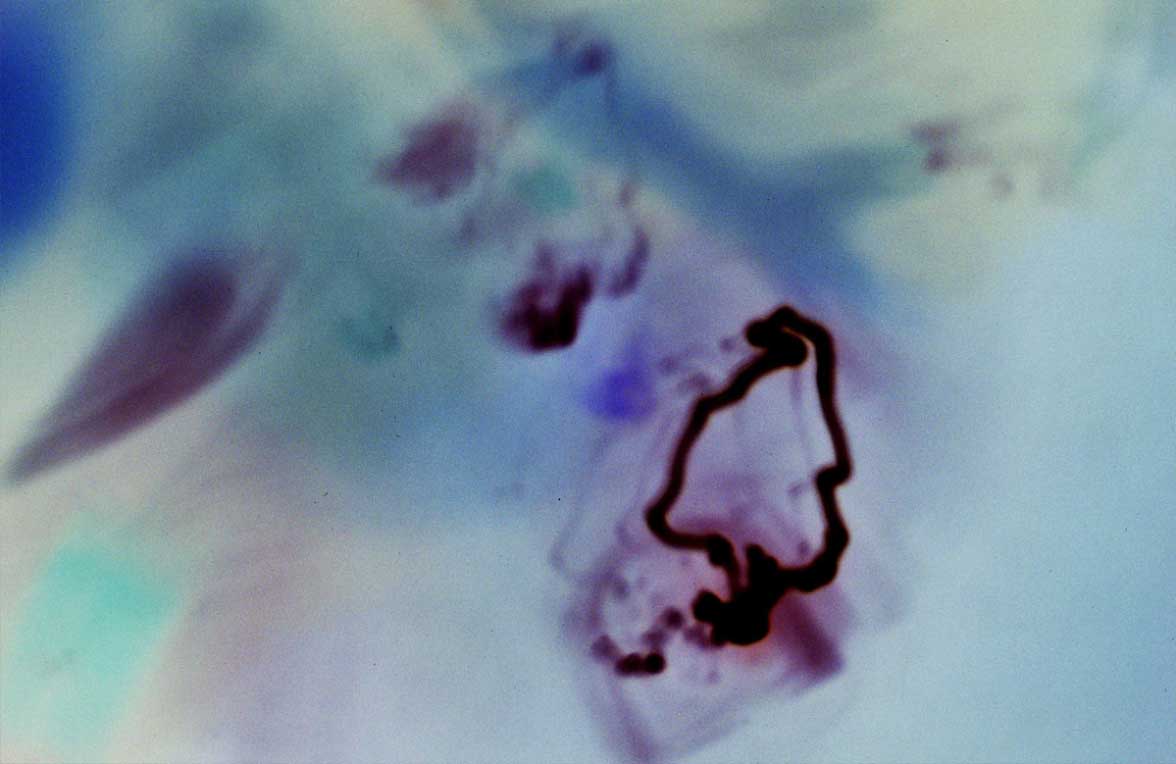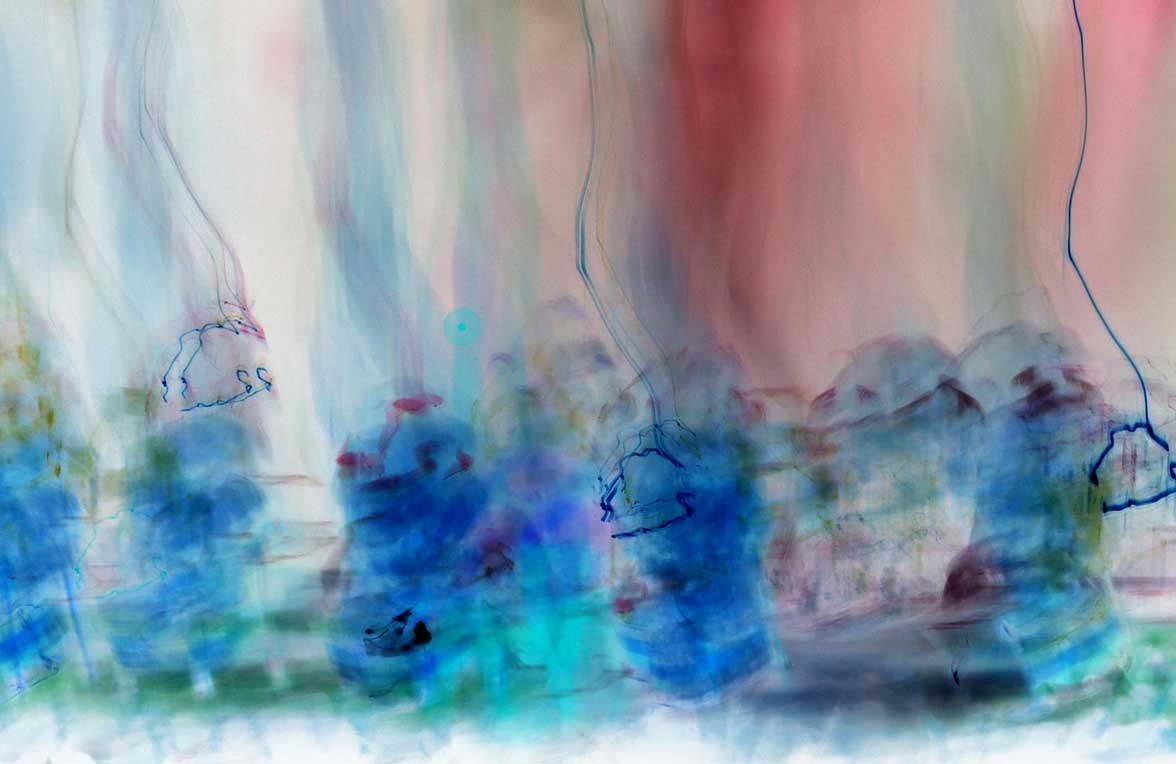The Art of Light Painting: Mastering the Craft of Illumination
Light painting is a captivating form of artistic expression that blurs the boundaries between photography and painting. It is a technique that allows artists to create mesmerizing and surreal images by using handheld light sources to "paint" with light during long exposures. This unique approach to image-making has gained significant popularity in recent years, as photographers and artists alike have embraced its creative potential.
The Origins of Light Painting
The origins of light painting can be traced back to the early days of photography, when pioneers like Man Ray and Pablo Picasso experimented with light and movement to create abstract compositions. However, it wasn't until the late 0th century that light painting truly emerged as a distinct art form, thanks to the work of artists like Eric Staller and Dean Chamberlain.
Staller, often referred to as the "Father of Light Painting," developed techniques that allowed him to create intricate and detailed light drawings in the air. His work inspired countless others to explore the possibilities of this medium, paving the way for a new generation of light painters.
The Creative Process
At its core, light painting is a process of capturing light over an extended period of time. Artists use a variety of light sources, ranging from simple flashlights and glow sticks to more advanced tools like LED wands and light painting brushes. By carefully choreographing the movement of these light sources during a long exposure, they can create intricate patterns, shapes, and textures that would be impossible to achieve through traditional photography or painting methods.
One of the most fascinating aspects of light painting is the element of surprise and discovery. Unlike traditional painting, where the artist has complete control over the canvas, light painting involves a certain degree of unpredictability. The final image is often a result of experimentation, improvisation, and happy accidents, making each piece truly unique and unrepeatable.
Mastering the Craft
While the concept of light painting may seem simple, mastering this photography art form requires a combination of technical skills, creative vision, and patience. Photographers must have a deep understanding of exposure settings, light behavior, and camera controls to achieve the desired results.
Aperture, shutter speed, and ISO settings all play crucial roles in determining the final outcome of a light painting image. A wide aperture (low f-number) allows more light to enter the camera, resulting in brighter and more vibrant light trails. Conversely, a narrow aperture (high f-number) can create sharper and more defined light patterns, but may require longer exposure times.
Shutter speed is perhaps the most critical factor in light painting. Exposures can range from a few seconds to several minutes or even hours, depending on the desired effect and the intensity of the light sources used. Longer exposures allow for more intricate and complex light patterns, but also increase the risk of camera shake and unwanted light pollution.
In addition to technical proficiency, successful light painters must possess a keen eye for composition, color, and movement. They must be able to visualize the final image before even pressing the shutter button, carefully choreographing the placement and movement of light sources to create a harmonious and visually striking composition.
Artistic Expression and Storytelling
While light painting can produce stunning abstract compositions, many artists have also used this medium to convey deeper narratives and explore conceptual themes. By incorporating recognizable elements or subjects into their light paintings, artists can create surreal and thought-provoking scenes that challenge the viewer's perception of reality.
For example, some light painters have used the human form as a canvas, painting intricate patterns and designs onto the body with light. Others have incorporated architectural elements or natural landscapes, creating dreamlike environments that blur the line between the physical and the ethereal.
Light painting has also been used as a tool for social commentary and activism, with artists using their work to shed light on important issues or to challenge societal norms. The ability to manipulate light and create surreal imagery allows light painters to convey complex ideas and emotions in a visually striking and memorable way.
The Future of Light Painting
As technology continues to evolve, the possibilities for light painting are expanding rapidly. The advent of digital cameras and advanced editing software has opened up new avenues for experimentation and post-processing techniques, allowing artists to push the boundaries of what is possible with this medium.
Additionally, the rise of social media and online communities has facilitated the sharing and dissemination of light painting techniques and ideas, inspiring a new generation of artists to explore this captivating art form.
In the years to come, we can expect to see light painting continue to evolve and adapt, as artists find new and innovative ways to harness the power of light and create truly awe-inspiring works of art.
Conclusion
Light painting is a unique and captivating art form that combines the technical precision of photography with the creative expression of painting. It is a medium that challenges artists to think beyond traditional boundaries and embrace the unpredictable nature of light and movement.
By mastering the craft of illumination, light painters can create mesmerizing and surreal images that transport viewers to otherworldly realms. Whether used for abstract compositions or conceptual storytelling, light painting offers a powerful means of artistic expression that continues to inspire and captivate audiences around the world.
As technology advances and new techniques emerge, the future of light painting remains bright, with endless possibilities for exploration and innovation. For those willing to embrace the challenge, the art of light painting promises a journey of discovery, where the only limit is the artist's imagination.





